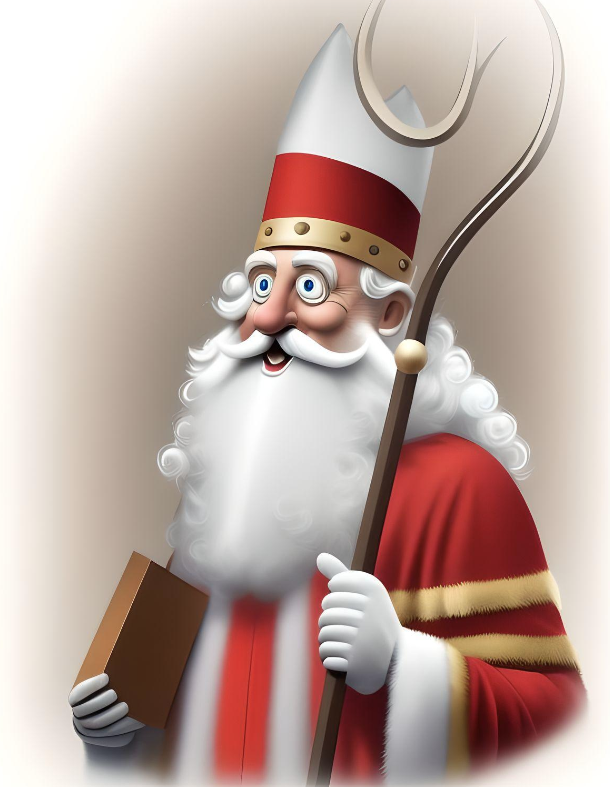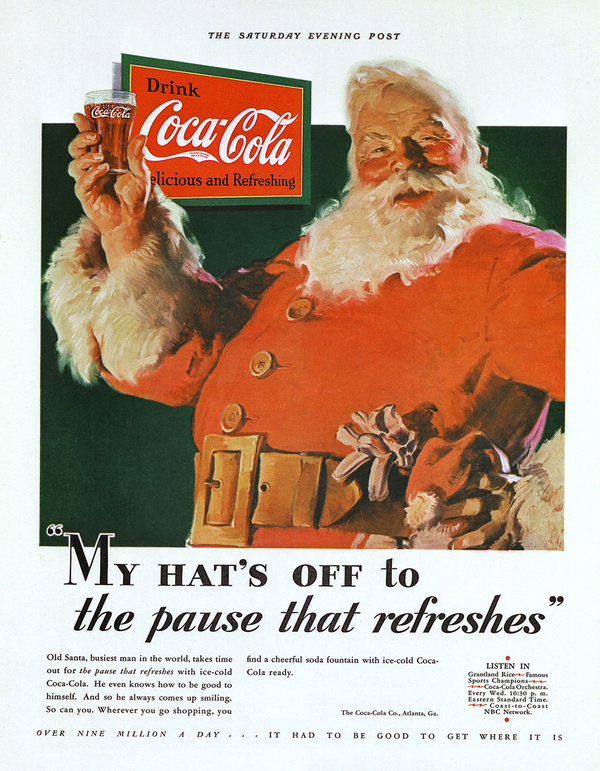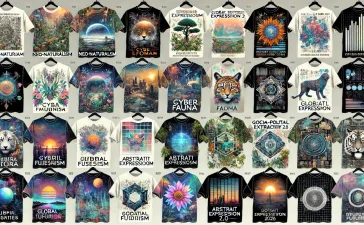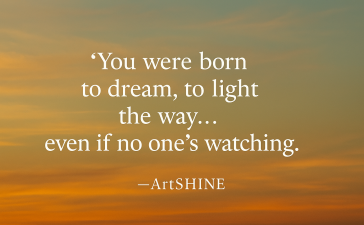The origins of Santa Claus can be traced back to various figures in different cultures and religions. However, the modern-day depiction of Santa Claus as a jolly, rotund, white-bearded man in a red suit with a sack full of gifts can be largely attributed to the United States.
The story of Santa Claus as we know it today began with the Dutch figure of Sinterklaas, who was brought to the New World by Dutch settlers in the 17th century. Sinterklaas was a tall, thin bishop dressed in red and white, who travelled on a white horse and gave gifts to children on December 6th. The Dutch communities in America continued to celebrate Sinterklaas, but over time, his image evolved and blended with other influences.
 The Dutch Sinterklaas
The Dutch Sinterklaas
I
In the 19th century, the figure of Santa Claus started to take on new dimensions through various publications. One of the most influential pieces was the poem “A Visit from St. Nicholas,” commonly known as “The Night Before Christmas,” which was published anonymously in 1823. This iconic poem described Santa Claus as a “jolly old elf” who traveled in a sleigh pulled by reindeer and entered houses through the chimney to leave presents for good children. The poem captured the imagination of the public and contributed significantly to shaping the modern image of Santa Claus.
Throughout the 19th and early 20th centuries, the depiction of Santa Claus continued to evolve in popular culture. Illustrations and stories portrayed him in different ways, but certain key elements, such as the red suit, the sleigh, and the reindeer, remained constant. Then, in the 1930s, the image of Santa Claus was forever solidified by an unexpected source – Coca-Cola.
In 1931, Coca-Cola commissioned artist Haddon Sundblom to create a series of festive advertisements for their winter campaign. Sundblom’s artwork depicted Santa Claus as a plump, friendly-looking figure dressed in a red suit with white fur trim. These Coca-Cola advertisements, featuring Santa Claus enjoying the beverage, struck a chord with the public. The character’s association with the popular soft drink further ingrained him in the minds of people as the embodiment of Christmas cheer.

Coca-Cola’s marketing campaign was so successful that it further contributed to the standardization and commercialization of Santa Claus as we know him today. The company’s vision of a warm, friendly, and joyful Santa Claus became universally accepted, spreading from the United States to other countries around the world. While the Coca-Cola advertisements did not create Santa Claus, they played a pivotal role in cementing his image in modern culture and solidifying his place in Christmas traditions.
Santa Claus transcended his original religious associations and became a symbol of the holiday season that is embraced by people of various backgrounds and beliefs. Over the years, the story of Santa Claus has been adapted and localized in different cultures, incorporating regional customs and traditions, further enhancing his universal appeal.
In many countries, Santa Claus is known by different names and may have distinct characteristics. For instance, in some European countries, Santa Claus is also called Father Christmas or Saint Nicholas, while in other regions, he may be associated with different figures or mythical beings. Despite these regional variations, the core essence of Santa Claus as a bearer of gifts and joy remains consistent across cultures.
Children eagerly anticipate the arrival of Santa Claus every Christmas Eve, leaving out cookies and milk as a gesture of hospitality. The idea of Santa Claus traveling the world in a single night, delivering presents to children, has captured the imaginations of generations and adds a sense of wonder and magic to the holiday season.
In conclusion, while the origins of Santa Claus can be traced back to various cultural and religious influences, the modern-day image of Santa Claus, complete with his red suit, white beard, and sack of gifts, can be largely attributed to the United States. The transformation of Santa Claus from the Dutch Sinterklaas to the beloved figure we know today was shaped by literature, art, and clever marketing. Santa Claus has become a unifying symbol of joy and generosity, transcending borders and beliefs, and enriching the celebration of Christmas for people around the world.
Want to learn more?
- Find out more
- Launch Pad + Accelerator Expressions of Interest
- Selling and Licensing Your Art & Designs Around the World with ArtSHINE.
We’re here to help you to take action, just like we’ve helped thousands of other entrepreneurs, business owners, and creative professionals all around the globe.
Now is the time to let your passion SHINE.
Now is the time to Make Tomorrow Today!
To your success, Vinh Van Lam and Stuart Horrex Cofounders
ArtSHINE.com





